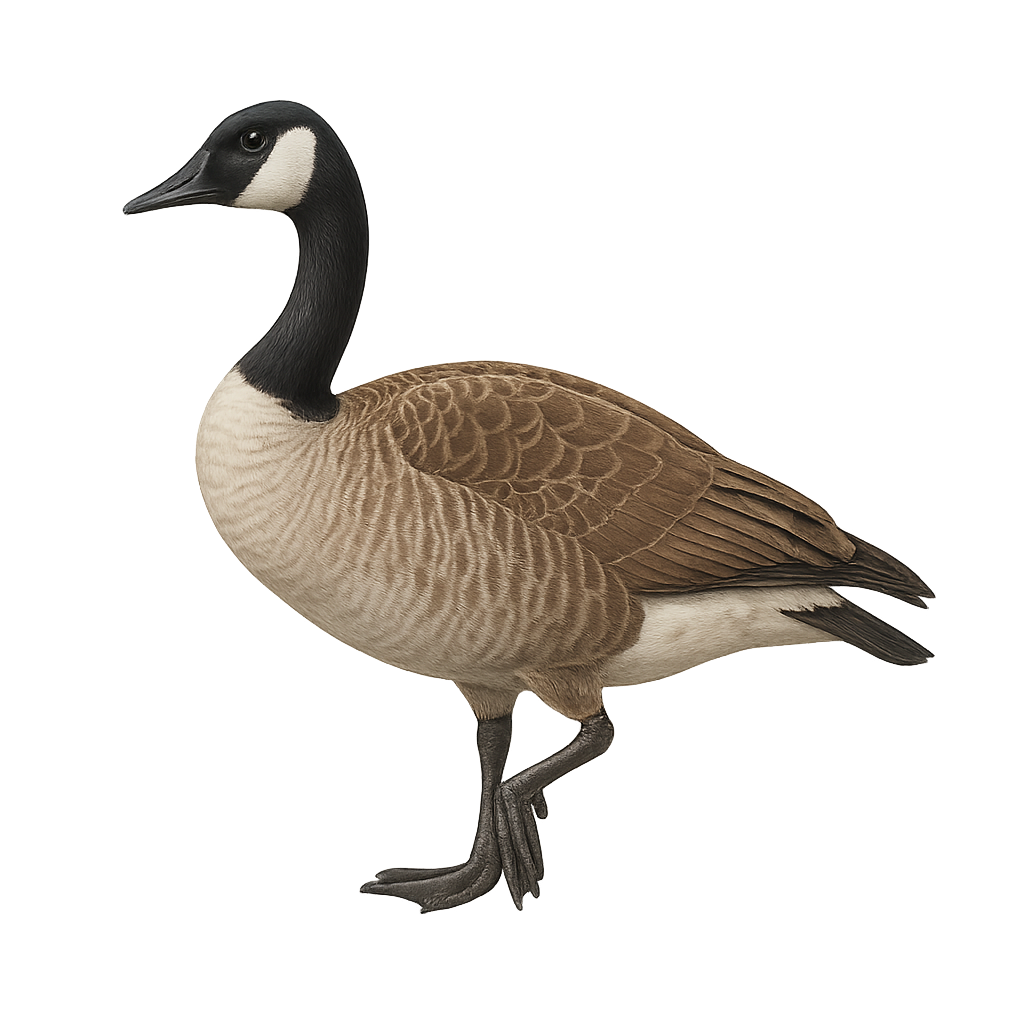Your wildlife photography guide.
Explore the canada goose in detail, study its behavior, prepare your shots.
Where to observe and photograph the canada goose in the wild
Learn where and when to spot the canada goose in the wild, how to identify the species based on distinctive features, and what natural environments it inhabits. The WildlifePhotographer app offers tailored photography tips that reflect the canada goose’s behavior, helping you capture better wildlife images. Explore the full species profile for key information including description, habitat, active periods, and approach techniques.
Canada Goose
Scientific name: Branta canadensis

IUCN Status: Least Concern
Family: ANATIDAE
Group: Birds
Sensitivity to human approach: Tolerant
Minimum approach distance: 10 m
Courtship display: March to April
Incubation: 25-28 jours
Hatchings: April to May
Habitat:
Lakes, rivers, marshes, urban parks
Activity period :
Primarily active during the day, with peak activity in the morning and late afternoon.
Identification and description:
The Canada Goose is a large waterfowl species easily identified by its brown body, black head and neck, and distinctive white cheek patch. Often seen in large flocks, they form V-shaped formations during migration. These birds are highly adaptable, inhabiting a range of environments from lakes and rivers to urban parks. Their diet is diverse, including aquatic plants, seeds, and insects. While generally tolerant of humans, they can become aggressive if threatened, especially during nesting season.
Recommended lens:
400 mm – adjust based on distance, desired framing (portrait or habitat), and approach conditions.
Photography tips:
To photograph the Canada Goose, aim for the golden hours of morning or evening to take advantage of soft, flattering light. Use a telephoto lens of 400mm or more to capture details without disturbing the bird. Be patient and wait for them to feel comfortable to capture natural behaviors. If possible, include their environment in the frame to showcase their natural habitat.
The WildlifePhotographer App is coming soon!
Be the first to explore the best nature spots, track rutting seasons, log your observations, and observe more wildlife.
Already 1 431 wildlife lovers subscribed worldwide

